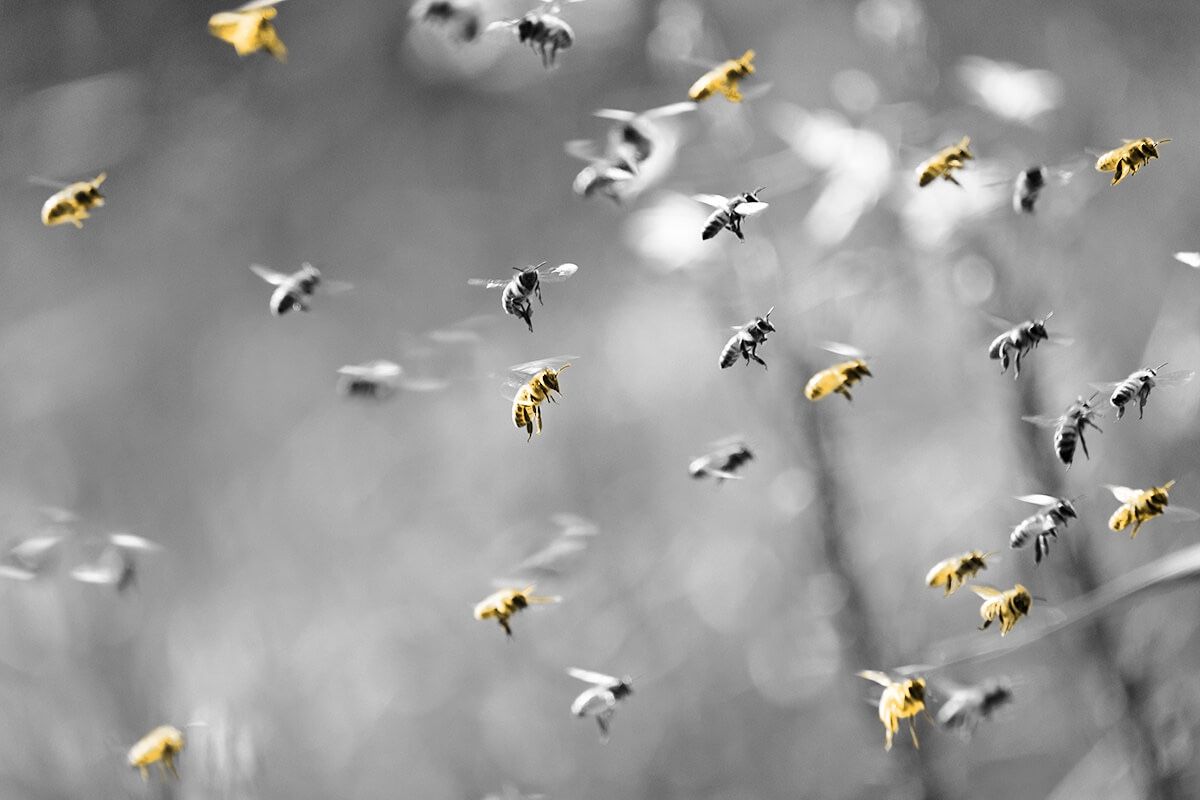| Juvenile oysters are known as __. |  |
|
|
 | Numbers Don't Lie |
|
 | | Length (in inches) of the world's largest oysters | | 13.97 |
|
|  | | Amount of energy an oyster bed can absorb from a wave, protecting coastlines from storms | | 76-93% |
|
|
|
 | | Gallons of water a 1-acre reef of oysters filters every day | | 24 million |
|
|  | | Number of species of oysters found in U.S. waters | | 5 |
|
|
|
|
|
 | New York City was once the oyster capital of the world. |
|
| Before the 17th century, the island of Manahatta (as the Indigenous Lenape called it) was absolutely inundated with oysters. With their impressive filtering abilities, these oysters kept the surrounding estuary clean, and they also became a staple of the Lenape diet. When Henry Hudson's ships sailed the river that would one day bear his name in 1609, the New York estuary was estimated to be home to 350 square miles of oyster reef — roughly half the world's entire oyster population. The original names for Ellis and Liberty islands were "Little Oyster Island" and "Great Oyster Island," respectively, and one of the oldest streets in Manhattan — Pearl Street — is named after an Indigenous oyster shell midden located along the shore (it was later paved, fittingly, with oyster shells). New Yorkers also began eating lots of oysters, upwards of 1 million a day at the industry's height, while also shipping millions abroad. Sadly, overharvesting and environmental degradation caused oysters to severely decline in New York's waters, and by 1927 they were deemed too contaminated to eat. Today, groups are reintroducing oysters to New York Harbor, and wild populations are beginning to return. Although these oysters are already hard at work cleaning the estuary while providing important aquatic habitats, it'll likely be a century until New York oysters are once again safe for human consumption. | | |
|
|
|
| You might also like | | 7 Buzzing Facts About Bees | | For thousands of years, humans have appreciated the sometimes-small, sometimes-bumbling bees that pollinate our crops and craft our honey. These facts will give you a glimpse into their tiny yet fascinating world. |  |
|  |
|
|
|
|
|
0 Comments:
Post a Comment
<< Home